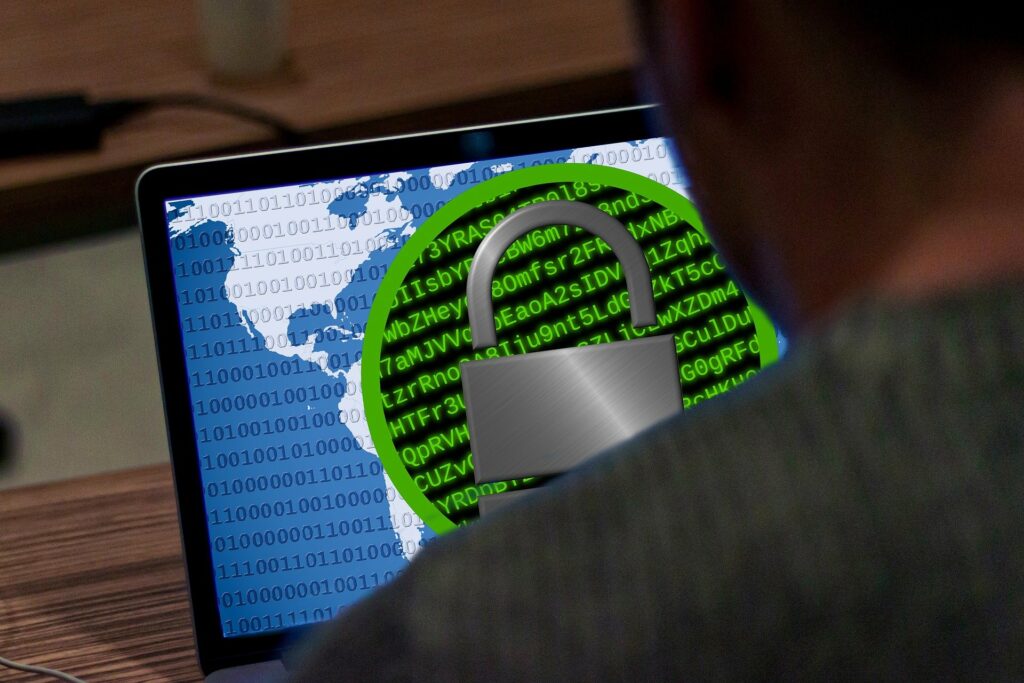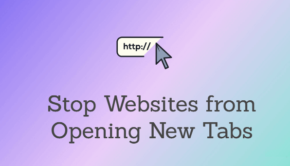The Most Dangerous Cyber Attacks and How SOCaaS Protects You From Them
One alarming reality about cybercrime, one of the most alarming ones at that, is that globally, by the year 2020, damages resulting from its practice will cost up to $6 trillion annually. The magnitude of cybercrime operation and its impact is staggering. Almost all businesses that have part of their services hosted on the net have been attacked by one of the top five common cyberattacks — and over 53% of those businesses have been “re-infected” within the same year. Technology has enabled bad actors to innovate on their breaches and their tools, crediting code that not only adapts but changes to evade capture — Malware, viruses, and attacks have become more sophisticated – as specialists call it – they have become “polymorphic.”
Attacks once every 39 seconds
Malicious hackers are now attacking platforms and computers and networks at a rate of about once every 39 seconds. And, due to the groundbreaking tech, and machine learning (AI), those attacks are incredibly sophisticated and effective. What hackers were employing 3 years ago, when compared to today’s tech could quaintly be called “archaic.” That is why it is important to find a SOCaaS provider like Clearnetwork to protect your business.
The COVID Turning Point
2020 was the year everything changed. Not just in health management, but also in digital and e-commerce. The pandemic triggered a digital free-for-all. The United Nations estimates that e-commerce jumped to a whopping $26.7 trillion, fueled by the COVID pandemic and the way the quarantine changed consumer habits.
According to the UN trade and development experts (UNCTAD) e-commerce saw an epic rise. Retail sales spiked during the lockdown and most businesses (B2C & B2B) had no other choice but to pivot. Those retailers and services that weren’t, by 2020, online had to implement fast changes overnight and migrate most of their business onto the net.
It was a bumpy ride — one that was driven by panic, desperation, and gut reaction. Business either sank or swam, and those that weren’t on the net by 2020, had no other choice but to scramble and learn as they went along.
This somersault in business practices, and the slapdash nature most firms approached it, became a profit bonanza for cybercriminals. Suddenly, at the drop of a hat, they had an unlimited stream of new targets — and most of these targets were wet behind the ears, focusing on how to maintain their business afloat and less on how to protect their assets. Hackers started to operate in groups, they started to innovate in coding, they started to exploit groundbreaking tech – like machine learning.
In 2020, cybercrime grew by 600% — and that number is only getting bigger.
Most Dangerous Types of Cyber Attacks
Social Engineering
In security, Social Engineering is a type of confidence trick — a sort of con. It is the psychological manipulation of a person to get them to divulge confidential information or perform a certain action.
A great example of this is the email improperly-secured-password-recovery system — a mail sent over by a hacker with the hallmarks of a subscription you apply to, that looks legit, telling you to follow certain steps because your service has been compromised. You or one of your workers introduces their data, thinking they are resetting their passwords – when in fact they are giving a hacker all the information they need to access an account.
Social engineering tactics include, but are not limited to:
- Displaying authority.
- Intimidation.
- Social proof (people will mirror what others are doing).
- Scarcity (perceived scarcity will generate demand).
- Urgency.
- Trust.

Ransomware
Ransomware is nowadays becoming one of the most pervasive forms of cyberattacks. It is a form of malware, created with crypto-virological principles, that threatens to either publish a victim’s data/and secrets or perpetually block access to their computer/even delete all data unless a ransom is paid.
It started to grow internationally in 2012 — by the first six months of 2019, more than 181.5 million attacks were perpetrated.
Why is ransomware on the rise? Because of cryptocurrencies. Bitcoins and other altcoins allow criminals to perpetuate this sort of attack, get paid, and not get caught. Digital wallets make it next to impossible for authorities to trace or prosecute perpetrators.
DDoS Attacks
DDoS stands for Distributed Denial-Of-Service. What exactly is it? Well, your business is stored on a server or a network for internet-connected machines. That network, no matter how strong, robust, or costly, has a service threshold — too much traffic and it starts to act up, it starts to get slower and slower until it simply shuts down because it’s overwhelmed.
Hackers target your network by creating bots. These bots start sending a request to your IP address – thousands and even millions at a time. This surge, all at once, causes floods in your server’s capacity and starts to drown it. This in turn results in a DDoS problem.
The main objective is to prevent legitimate users from accessing your service. They are motivated by: revenge, blackmail, activism, or by competition.
Third-party Software Attacks
Jot down on a paper all your vendors — everyone that interacts with your company down the supply chain. All those third parties are, due to the current standards, automated most of their practices; a grand majority of it done through the internet and through apps. This creates HUGE problems in the way you secure your network. Why? Because you might have your security protocols assured and secure, but that still leaves you vulnerable because you can’t account for your third party’s cybersecurity strategy.
Research has revealed that 7 out of every 10 applications have flaws in their system. Out-of-house apps or open-source coding apps leave you incredibly vulnerable.
Just take into account how many apps, software, and services you use to run your business. From the mailing service you use, your bank’s online platform, all the way to the messaging app you use to interact with your employees — how many of those are you 100% certain are safe?
Cloud computing vulnerabilities
Everything is, right now, up in the cloud. Cloud services allow you to distribute information across multiple channels. Not only that, but Cloud storage, also gives you a backup capability. It’s a great innovation — but, like all innovations, it comes at a price.
Cloud security is incredibly weak. It’s mired by risks like
- unauthorized access
- misconfigured storage plans.
- Lack of access restriction.
- AWS security group misconfigurations.
- Insecure APIs (Application User Interfaces).
- Inadequate authentication.
- Data alteration.
- Lost or Intellectual Property.
- Loss of access.
- Data deletion.
- Compliance Violations.
- Poor aces management.
These are just some of the vulnerabilities found in cloud computing.
SOCaaS for your Company
SOCaaS team allows you to focus on what’s important — running and scaling up your corporation. They protect you, your brand, and your data and allow you to overcome cybersecurity challenges. It’s important to find a SOCaaS that syncs up with your needs, one that gives you a service that is unique and tailored made for your organization.
















